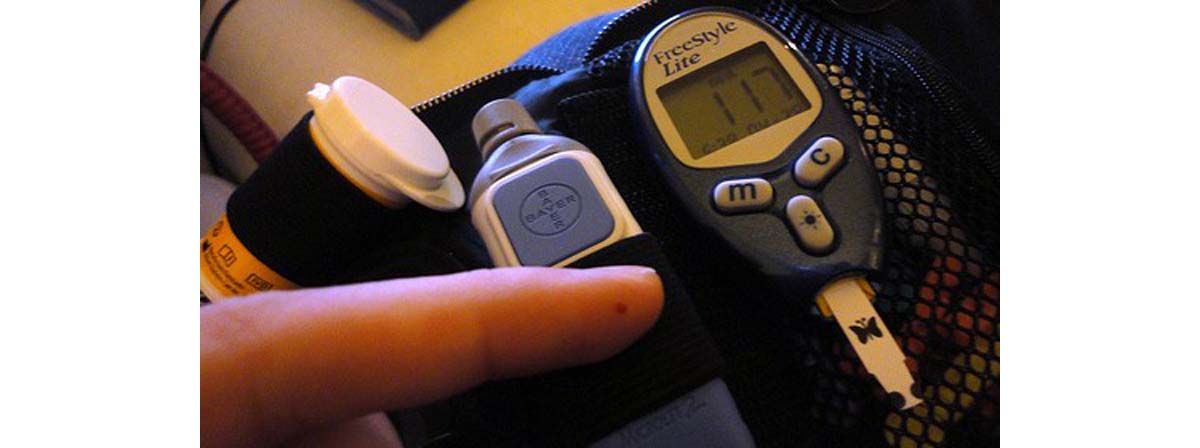Table of Contents
What is Diabetes?
Diabetes is a disease that is characterized by high levels of blood glucose primarily due to the body’s inability to produce insulin. Diabetes is a very common disease affecting many people. There are different types of diabetes and they can be classified as Type 1, Type 2, and Gestational diabetes. What's the different between the different types of diabetes?

Type 1 Diabetes: This type of diabetes occurs when the cells of our own immune system destroy the cells of the pancreas that produces the insulin. This directly results in the deficiency of the insulin hormone. This type of diabetes is most often diagnosed in younger people — children and young adults.
Type 2 Diabetes: This type of diabetes occurs when the body is not able to use the insulin it produced properly. Unlike type 1 diabetes, the body does end up making the insulin but either the insulin that was made by the pancreas is not sufficient or the body is simply incapable of using the insulin like it is supposed to. This condition is also sometimes referred to as insulin resistance. Since the body isn't able to use the insulin properly anymore, this results in the buildup of glucose in the blood and this glucose is not passed on to the body’s cells. Over a longer period of time, this causes damage to various different parts of your body such as your eyes, kidneys, and even heart.
Gestational Diabetes: Many pregnant women develop gestational diabetes around their 24th week in their pregnancy. The placenta is there to supports the healthy growth of the baby. However, the hormones of the placenta don't just help the baby but also interfere with the mother’s insulin and start to limit its ability. This makes it more difficult for the mother’s body to use insulin and this results in the buildup of higher levels of glucose in the mother's blood.
Diabetes: Symptoms
Some of the most common symptoms of diabetes are listed below:
- Frequent urination
- A feeling of being hungry even while eating
- Excessive fatigue
- Blurred vision
- A constant feeling of being thirsty
- Wound and cuts that take a much longer time to heal than usual
- A tingling sensation in both the hands and feet accompanied by a feeling of numbness and pain (present in type 2 diabetes)
- Constant weight loss, even when on a regular diet (present in type 1 diabetes)
Healthy Diabetes Diet
People that are suffering from diabetes need to monitor their total amounts of carbohydrates that they consume on a daily basis. A number of people that suffer from diabetes also need to check their protein and fat intake, depending on their specific situation. It's incredibly important for diabetics need to make healthy food choices, exercise regularly, and take their medication as prescribed by their health care providers.
For maintaining a healthy food routine, you need to make sure to add a variety of foods to your plate. Eat plenty of fruits, vegetables, meats, nuts, and dairy products while keeping a count on the number of calories. You should try to eat foods that are rich in fiber such as whole grain bread, cereal, and fruits. Keep a check on your serving size as prescribed by your dietician.
- “A Low-Fat Vegan Diet Improves Glycemic Control and Cardiovascular Risk Factors in a Randomized Clinical Trial in Individuals With Type 2 Diabetes”, by Neal D Barnard, et all. Published in the August 2006 issue of Diabetes Care, accessed on July 30, 2013
- “Diet of Adolescents With and Without Diabetes” by Vicki S. Helgeson, et al. Published in May 2006 issue of Diabetes Care, accessed on July 30, 2013.
- Photo courtesy of Phoney Nickle by Flickr : www.flickr.com/photos/mslivenletlive/5664635138/
- Photo courtesy of jeffreyw by Flickr : www.flickr.com/photos/jeffreyww/5502814263/
- blood-sugar-measurement.jpg


Your thoughts on this